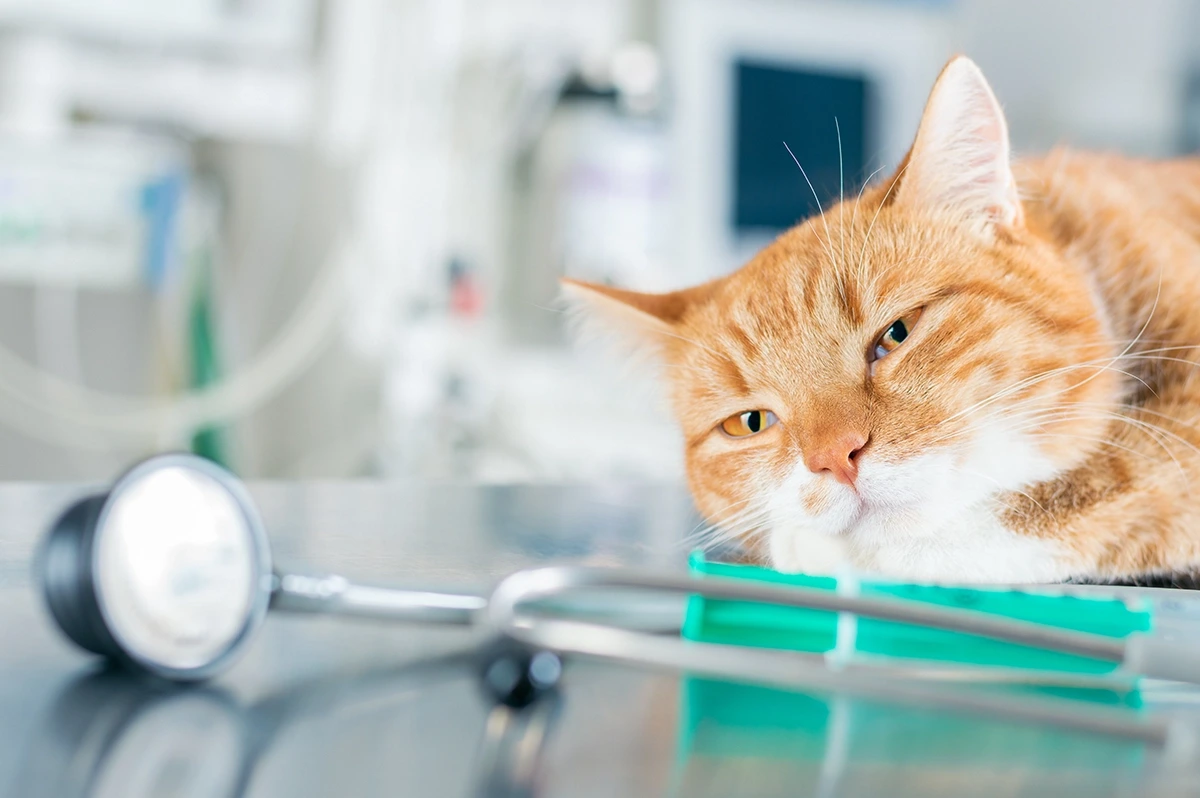Steering the decision of euthanasia for a beloved pet is an emotionally taxing experience, often leaving owners grappling with profound grief and uncertainty. In this context, pottery emerges as a unique therapeutic outlet, offering a means to process complex emotions while fostering a creative connection to their lost companions. The act of molding clay transcends mere distraction; it allows for the creation of meaningful artifacts that honor cherished memories. As we explore the intersection of art and healing, the potential benefits of this practice may surprise those seeking solace during such a challenging time.
Key Takeaways
- Pottery provides a therapeutic outlet for expressing grief, helping pet owners process complex emotions surrounding euthanasia decisions.
- The tactile experience of molding clay promotes mindfulness, offering a meditative distraction during difficult times of loss.
- Creating personalized art, such as paw print bowls, allows pet owners to honor their pets and transform sorrow into meaningful tributes.
- Engaging in pottery classes fosters community connections, reducing feelings of isolation and providing mutual support among grieving pet owners.
- The artistic process nurtures lasting memories, serving as a tangible legacy of love and companionship after a pet’s passing.
Understanding Pet Euthanasia Decisions
Steering through the emotionally charged landscape of pet euthanasia decisions can be overwhelming for pet owners, as they grapple with the profound implications of their choices. Each situation is unique, often accompanied by a blend of love, fear, and uncertainty. Understanding pet euthanasia decisions involves recognizing the signs of suffering in a beloved animal and weighing the quality of life against the emotional pain of letting go.
Pet owners should consider various factors, including their pet’s health status, pain levels, and overall well-being. Consulting with a veterinarian can provide valuable insights, allowing owners to evaluate treatment options and potential outcomes. It is essential to reflect on what is best for the pet, prioritizing their comfort and dignity over the desire to prolong life.
Additionally, engaging in open conversations with family members or support groups can foster a sense of community and shared understanding. These discussions help to alleviate feelings of isolation and confusion. Ultimately, when contemplating how to make the decision for pet euthanasia, it is vital to be gentle with oneself while seeking clarity in a profoundly challenging time.

The Emotional Toll on Pet Owners
The emotional toll on pet owners facing the decision of euthanasia can be profound and multifaceted. This heart-wrenching choice often brings feelings of guilt, sadness, and helplessness, creating an overwhelming sense of isolation. Many pet owners grapple with the fear of making the wrong decision, questioning whether they are prioritizing their pet’s comfort or their own emotional needs.
The bond between an owner and their pet is unique and irreplaceable, complicating the grieving process. Owners may experience anticipatory grief, mourning the loss of their pet even before the decision is made. This emotional burden is exacerbated by societal pressures and the stigma surrounding euthanasia, leading many to feel they must navigate this journey alone.
It is essential for pet owners to acknowledge their feelings and seek support from friends, family, or professionals who understand the depth of their love for their pet. By fostering a sense of community, owners can find solace in shared experiences and collective understanding. Ultimately, recognizing and validating these emotions can aid in the difficult process of how to make the decision for pet euthanasia, allowing for a more compassionate farewell.
Pottery as a Therapeutic Outlet
Steering through the emotional landscape following the decision for pet euthanasia can be overwhelming, often leaving pet owners in search of effective coping mechanisms. One powerful avenue that many find helpful is pottery, which offers a tangible way to express grief and foster healing. The act of molding clay can serve as a meditative practice, allowing individuals to channel their emotions into a creative outlet.
Engaging in pottery not only provides a distraction but also creates a sense of accomplishment and control during a tumultuous time. As pet owners shape their pieces, they may find solace in the rhythm of their hands, offering a momentary reprieve from sorrow. The tactile nature of clay can be particularly grounding, helping to reconnect individuals with their physical selves when feelings of loss feel overwhelming.
Moreover, pottery can foster a sense of community. Joining a pottery class or group can provide pet owners with a supportive environment, where shared experiences can lead to meaningful connections. Ultimately, pottery serves as a therapeutic outlet, enabling pet owners to navigate their grief while fostering resilience and hope.
Creating Lasting Memories Through Art
Creating lasting memories through art can be a profound way for pet owners to honor their beloved companions after the heart-wrenching decision of euthanasia. Engaging in creative processes, such as pottery, allows individuals to channel their emotions into tangible forms, serving as a therapeutic outlet for grief and remembrance.
Crafting a personalized piece, whether it be a paw print bowl or a decorative urn, can provide a sense of closure and connection. Each touch of the clay can evoke cherished memories, transforming sorrow into a beautiful tribute that embodies the essence of the pet. This artistic journey not only fosters healing but also encourages reflection on the joyful moments shared.
Moreover, these creations can become a lasting legacy, a visual reminder of love and companionship that endures beyond the final goodbye. By infusing each piece with personal significance—color, texture, and design—pet owners can guarantee that their bond remains alive in a unique and heartfelt way. Ultimately, creating art offers a nurturing space for grief, allowing pet owners to navigate the complex emotions surrounding the decision for euthanasia with compassion and creativity.
Finding Support Through Community
Artistic expression can be a powerful tool for processing grief, yet it is often just one component of a broader healing journey. Finding support through community is essential for pet owners grappling with the difficult decision of euthanasia. In these moments of profound sorrow, connecting with others who share similar experiences can provide solace and understanding.
Support groups, whether in-person or online, create a safe space for individuals to express their feelings without judgment. Sharing stories and emotions can foster a sense of belonging, reminding pet owners they are not alone in their struggles. Engaging in pottery classes or workshops can further enhance this connection, as the tactile nature of clay allows for a unique form of collaborative expression.
Additionally, local animal care organizations often host events focused on grief support, where pet owners can come together to learn and heal. By actively participating in these communities, individuals can find comfort and companionship, essential elements in maneuvering the challenging decision of euthanasia. Ultimately, reaching out for support can transform the journey through grief into one of shared healing and resilience, reinforcing the notion that love and connection endure beyond loss.
Frequently Asked Questions
What Signs Indicate It Might Be Time for Pet Euthanasia?
Signs indicating it may be time for pet euthanasia include persistent pain, significant loss of mobility, inability to eat or drink, and a marked decline in quality of life. Consulting with a veterinarian can provide invaluable guidance.
How Can I Prepare Emotionally for My Pet’s Euthanasia?
Preparing emotionally for your pet’s euthanasia involves acknowledging your feelings, seeking support from friends or professionals, and creating a comforting environment for your pet. Remember, it’s a compassionate decision that reflects your love and care.
Can I Be Present During My Pet’s Euthanasia Procedure?
Yes, you can be present during your pet’s euthanasia procedure. Many veterinarians encourage owners to stay with their pets for comfort. This shared moment can offer emotional support for both you and your beloved companion.
What Happens to My Pet’s Remains After Euthanasia?
After euthanasia, pet remains are typically handled through cremation or burial. Options include individual or communal cremation, or burial in a pet cemetery. It is crucial to discuss preferences with your veterinarian for compassionate guidance.
How Can I Honor My Pet’s Memory After Euthanasia?
Honoring your pet’s memory after euthanasia can involve creating a memorial, planting a tree, or compiling a photo album. Engaging in these activities fosters connection with your beloved pet and supports your healing journey.
Conclusion
The journey of pet ownership often culminates in heart-wrenching decisions, such as euthanasia. Engaging in pottery provides a unique therapeutic outlet, enabling pet owners to process grief while creating meaningful tributes to their beloved companions. This artistic practice not only fosters emotional healing but also cultivates lasting memories that honor the bond shared. Through pottery, individuals can find solace, reflection, and community support, transforming pain into a celebration of love and connection that endures beyond loss.
Also Read: Enhancing Peer Support in Recovery


